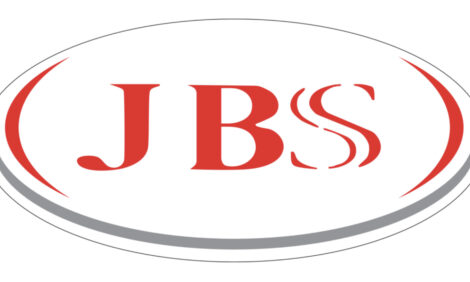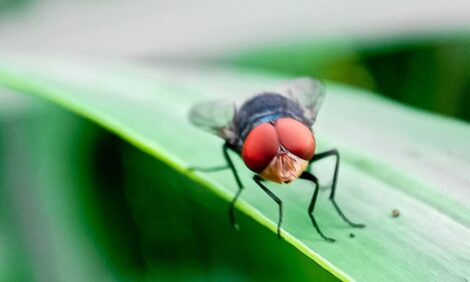



World Animal Feed Additives Market "Poised for Significant Growth"
GLOBAL - A new report projects that the world animal feed additives market would reach $27.9 billion by 2021 at a compound annual growth rate (CAGR) of 6.5 per cent from 2015 to 2021.The new report by Allied Market Research is entitled: “World Animal Feed Additives Market - Opportunities and Forecasts, 2014-2021."
The amino acids segment occupied a dominant share in 2015 and is expected to maintain this trend during the forecast period. The poultry and swine feed additives application collectively accounted for about three quarters of the market share in 2015.
Feed additives are vital ingredients used with feed to provide essential nutrition to livestock and improve their overall growth and output.
The report said the world animal feed additives market is poised to witness significant growth during the forecast period, owing to growing consumption of meat products, increasing concerns over meat quality, and rising safety concerns associated with the outbreak of livestock diseases.
The demand for meat and meat-based products are expected to register a two-fold increase by 2030 in the developing countries.
Global industrialisation of meat products is expected to boost the growth; however, factors such as increasing prices of raw materials such as maize, wheat, barley & others and stringent regulatory guidelines for feed additives would hamper the market growth.
The amino acids, vitamins, and enzymes segments accounted for more than half of the share in the overall animal feed additives market in 2015.
Methionine amino acid, a sulphur-containing amino acid responsible for triggering a wide variety of metabolic reactions, such as cell proliferation and development of healthy and productive livestock, captured the largest market share of 44 per cent in 2015.
Non-starch polysaccharides (NSP) is the most widely used feed enzyme owing to its effect on the nutrient reabsorption, lipid metabolism, and immune system of animals.
The poultry segment is expected to dominate the market during 2014 and 2021.
Poultry is the second largest meat producing segment in the global meat industry, as poultry meat is universally consumed, unlike beef and pork. Increase in trade in the poultry meat segment and rising concerns over its quality is expected to foster the growth of the feed additives market.
Recent outbreak of diseases, such as bird flu, have positively impacted the growth of the poultry feed additives market; thereby, increasing awareness about poultry health and meat quality.
Other key findings of the study:
- Amino acids are projected to be the fastest growing segment, at a CAGR of 7.2 per cent, in the world animal feed additives market.,.
- Lysine amino acid is expected to be the fastest growing segment during the forecast period.
- Swine feed additives and cattle feed additives together contributed about half of the overall market share in 2015.
- The Asia-Pacific region is projected to occupy the highest market share, registering a CAGR of 6.2 per cent from 2015 to 2021.
The European and LAMEA animal feed additives markets are expected offer lucrative growth opportunities during the forecast period.
Increasing meat consumption, food safety concerns, and rising meat prices in Europe are key drivers for the growth of feed additives market, with major revenue contribution from Germany, France, and Spain. South Africa and Brazil in LAMEA are projected to grow with CAGRs of 7.2 per cent and 6.8 per cent, respectively.
The European Union has enforced regulations on the feed industry in Brazil to develop better and safe feed additives, as it is one of the major exporters of meat to the European countries.








